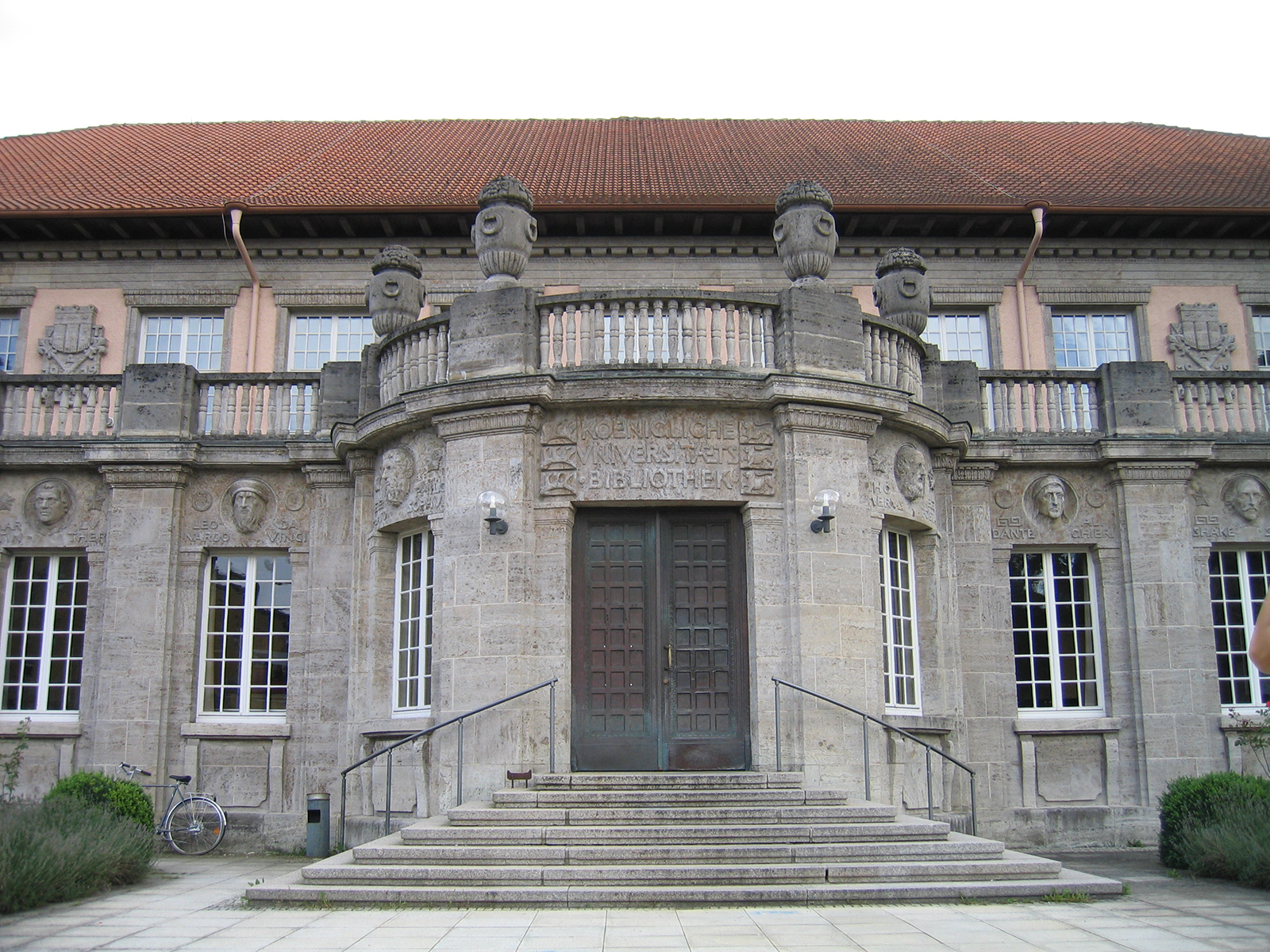University of Tübingen: “Troia, Schliemann and Tübingen” – anniversary exhibition shows unpublished finds
Around 150 years after Heinrich Schliemann discovered Troy, the Museum of the University of Tübingen MUT is presenting previously unpublished finds from the excavations of the German archaeologist. With the exhibition ‘Troia, Schliemann and Tübingen’, the MUT Museum “Ancient Cultures” at Hohentübingen Castle is celebrating its 25th birthday and Schliemann’s 200th birthday at the same time. The Baden-Württemberg Foundation and twelve other sponsors support the exhibition work of the museum and the Tübingen Troia research project under the scientific direction of Professor Ernst Pernicka at the Institute for Pre- and Early History and Archeology of the Middle Ages.
“More than 200 originals from Schliemann’s Troy excavations are stored in the archaeological collections in the palace. The Tübingen exhibition is now making it accessible to the public for the first time,” says MUT Director Professor Ernst Seidl. Among the finds in the Tübingen collection is, for example, a clay lid for a vessel in which a face can be seen. Loans from other museums are also on display, such as a gold earring with a pendant or a mug with an artistically curved double handle.
“Troia, Schliemann and Tübingen” runs from October 28, 2022 to April 16, 2023 and is accompanied by a public lecture series in which researchers from all over the world and from different disciplines will shed light on the topic.
The exhibition compares the Schliemann excavations in Troy and Mycenae in the 19th century with the Tübingen excavations of the past 35 years. Schliemann is considered a pioneer of field archaeology. The Tübingen scientists continue his work today with modern archaeological methods. Excavation plans, photographs and archive material from the Troia project in Tübingen illustrate their work. There are also digital mediation and presentation formats such as 3D visualizations and an exhibition in the MUT eMuseum including a scenographic model.
University students were involved in the preparation of the exhibition through several practical seminars. “The University of Tübingen can integrate research such as the Troia project into the teaching structures of the university thanks to the master’s profile course ‘Museum & Collections’,” explains Seidl. In the cabinet room of the castle, the interactive hands-on exhibition “Troia for Kids” conveys historical Troia and its exploration to children, young people and school classes in an entertaining way.

